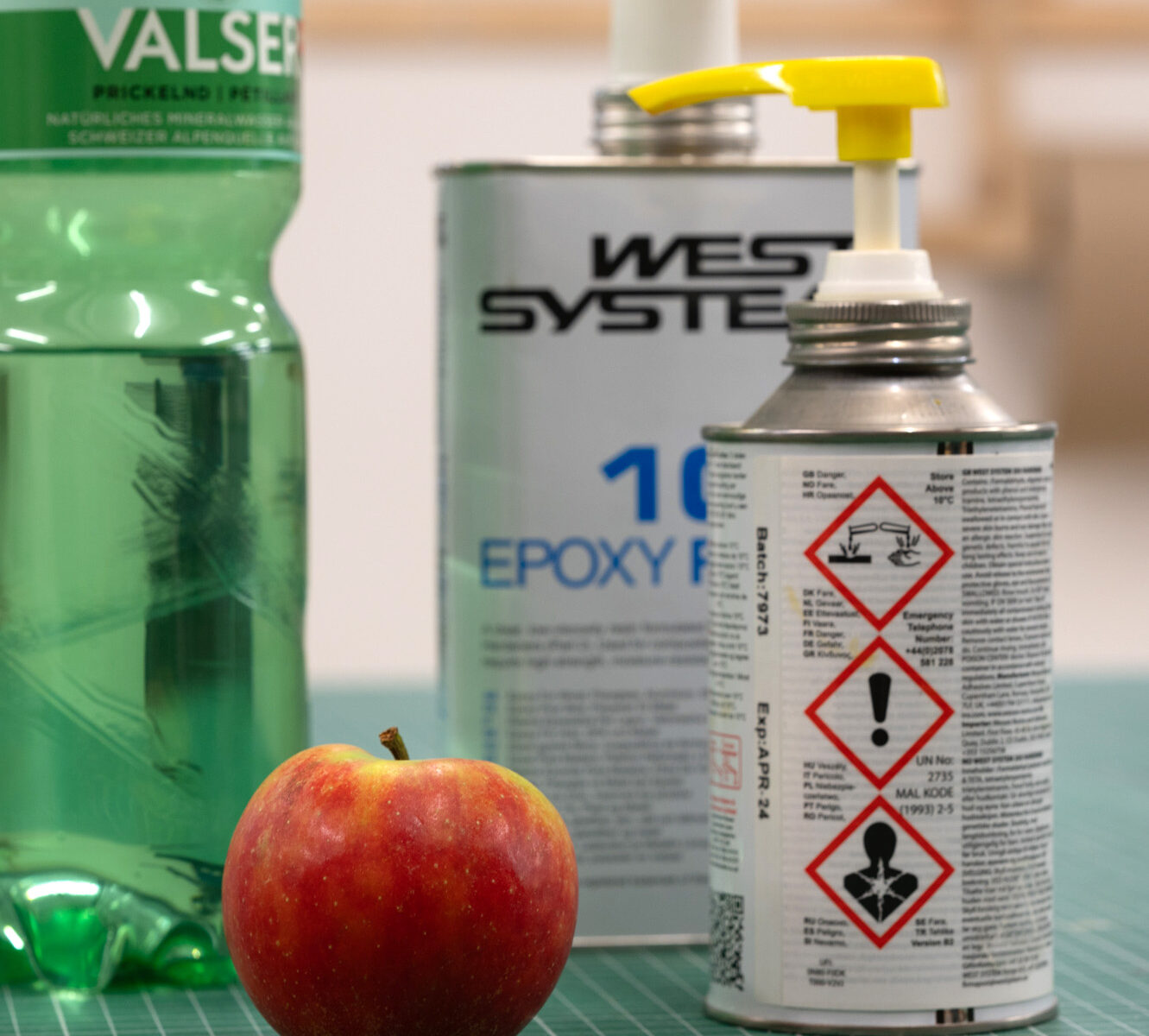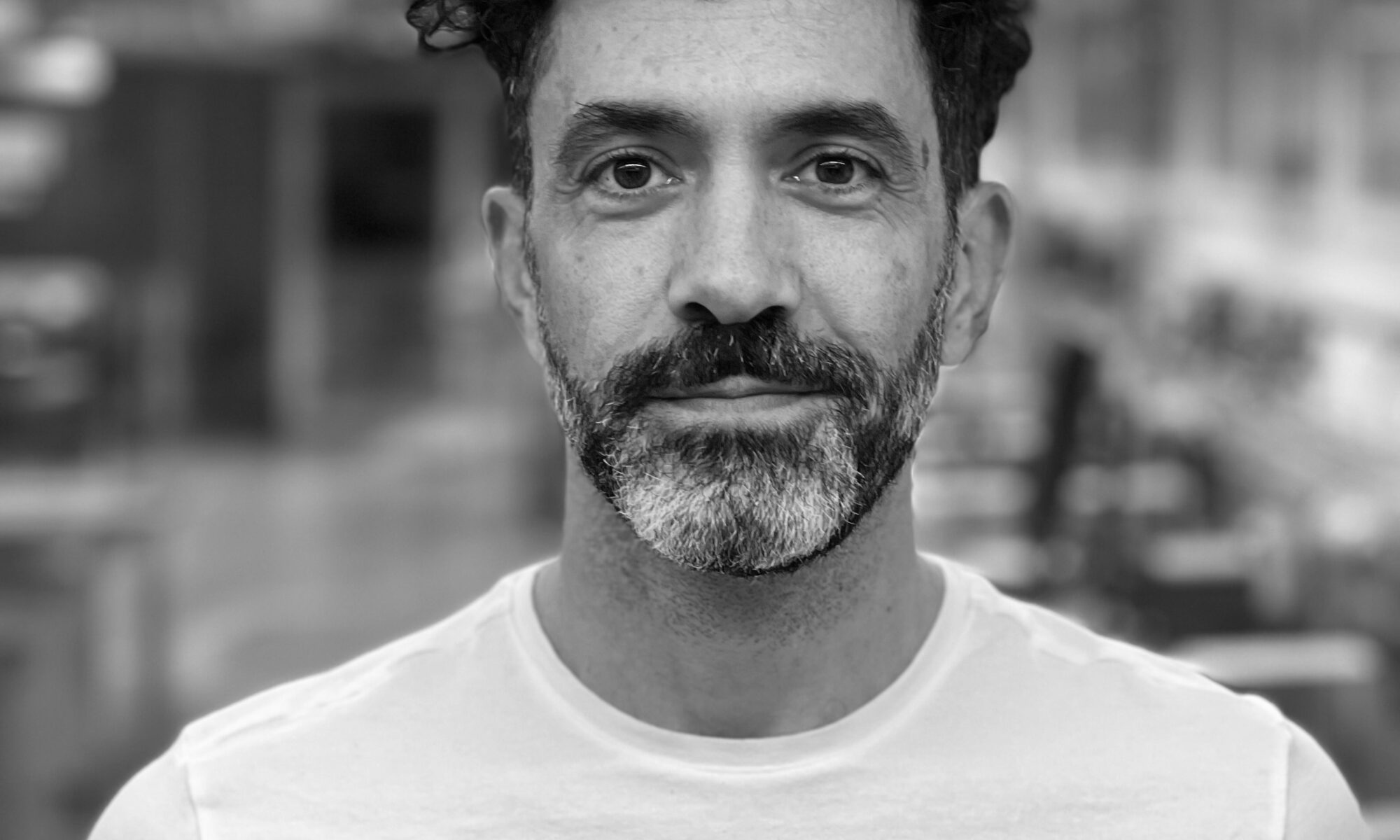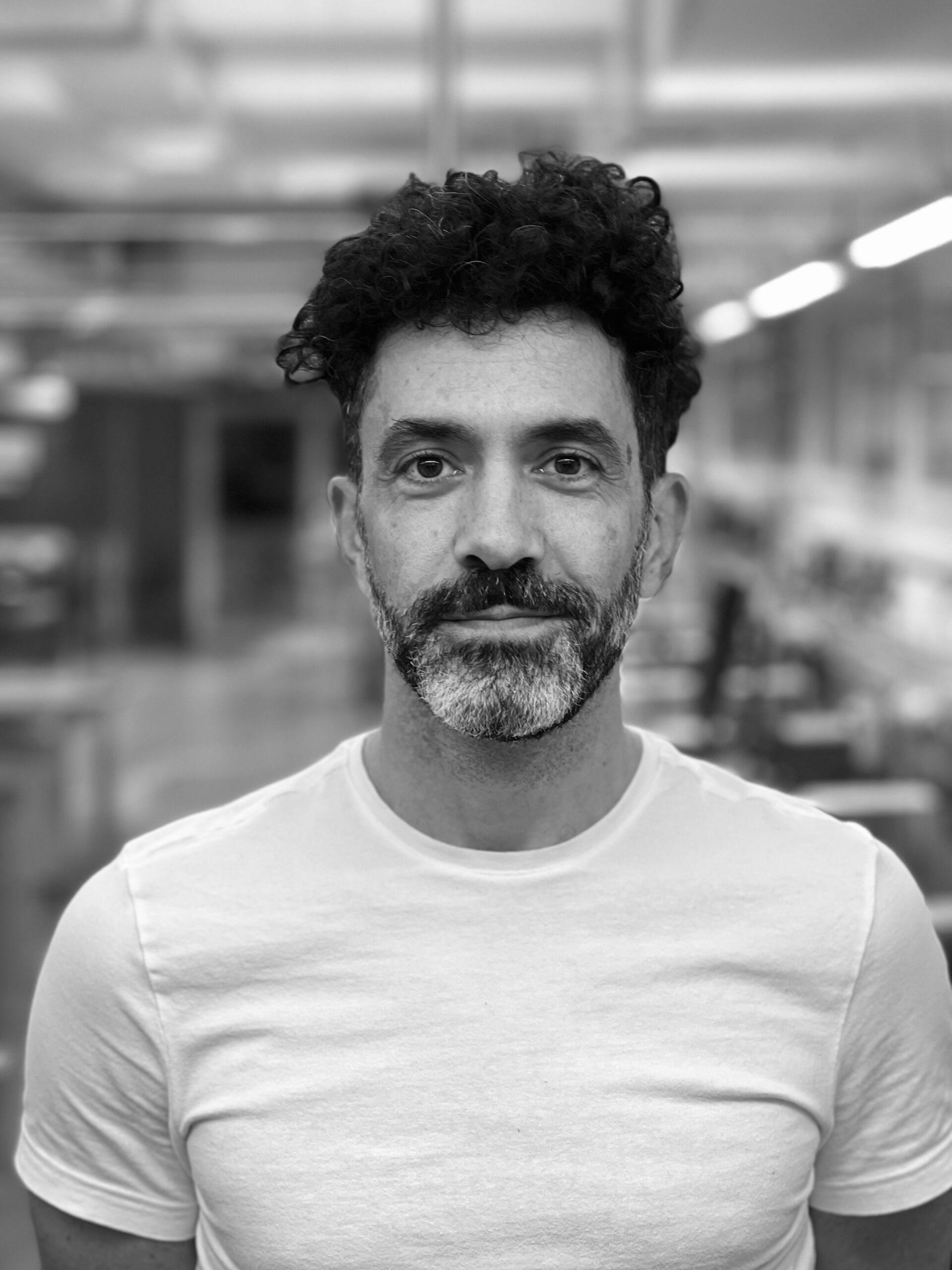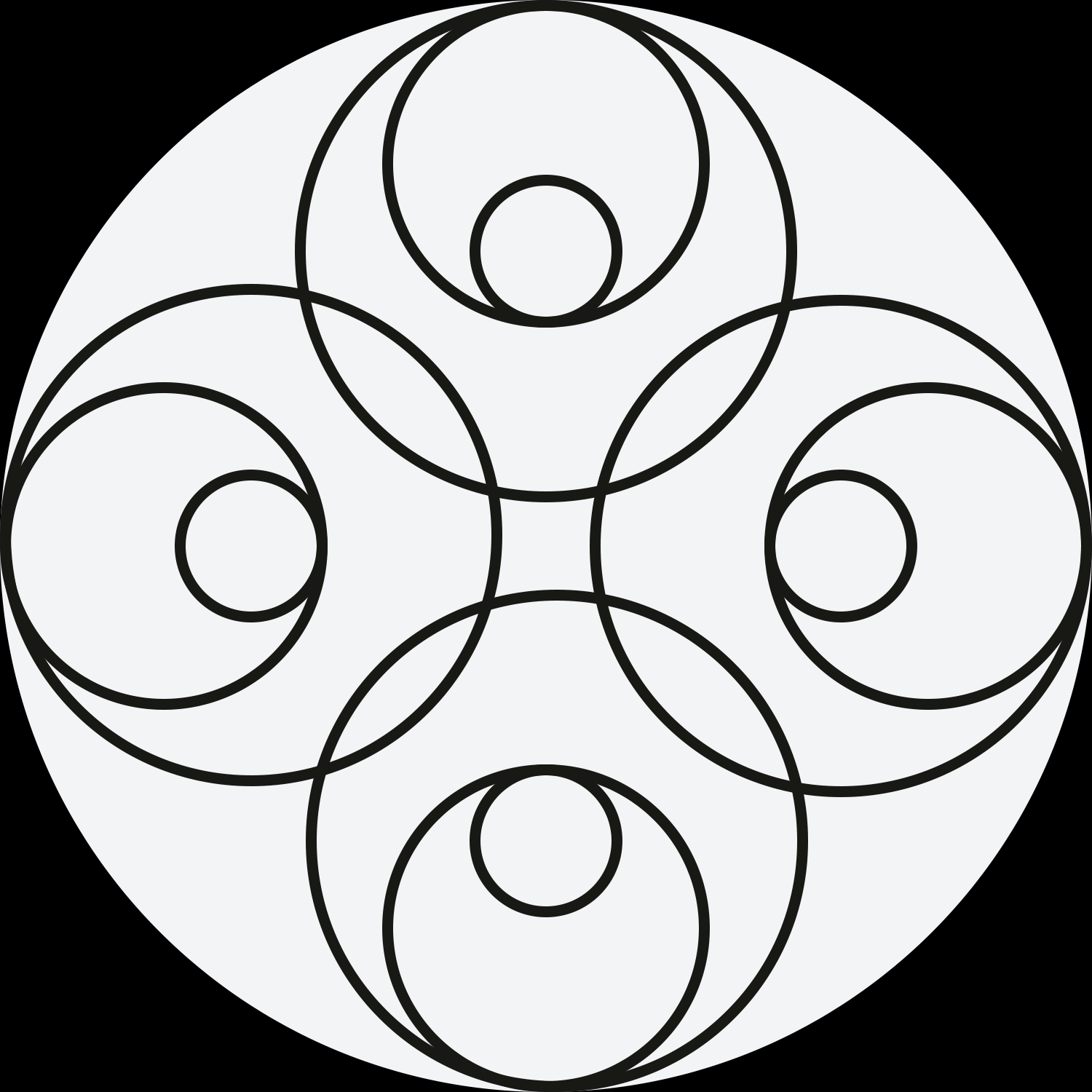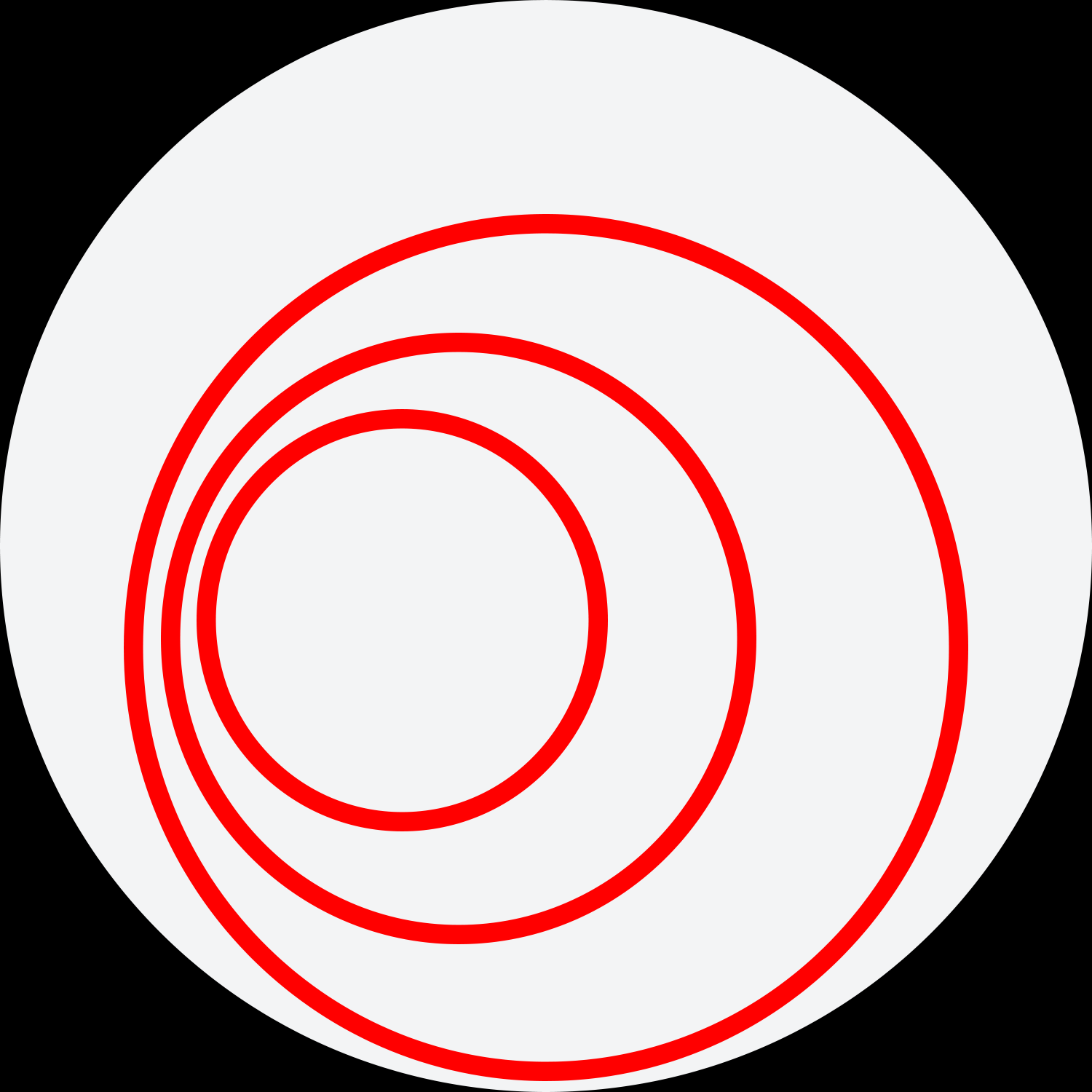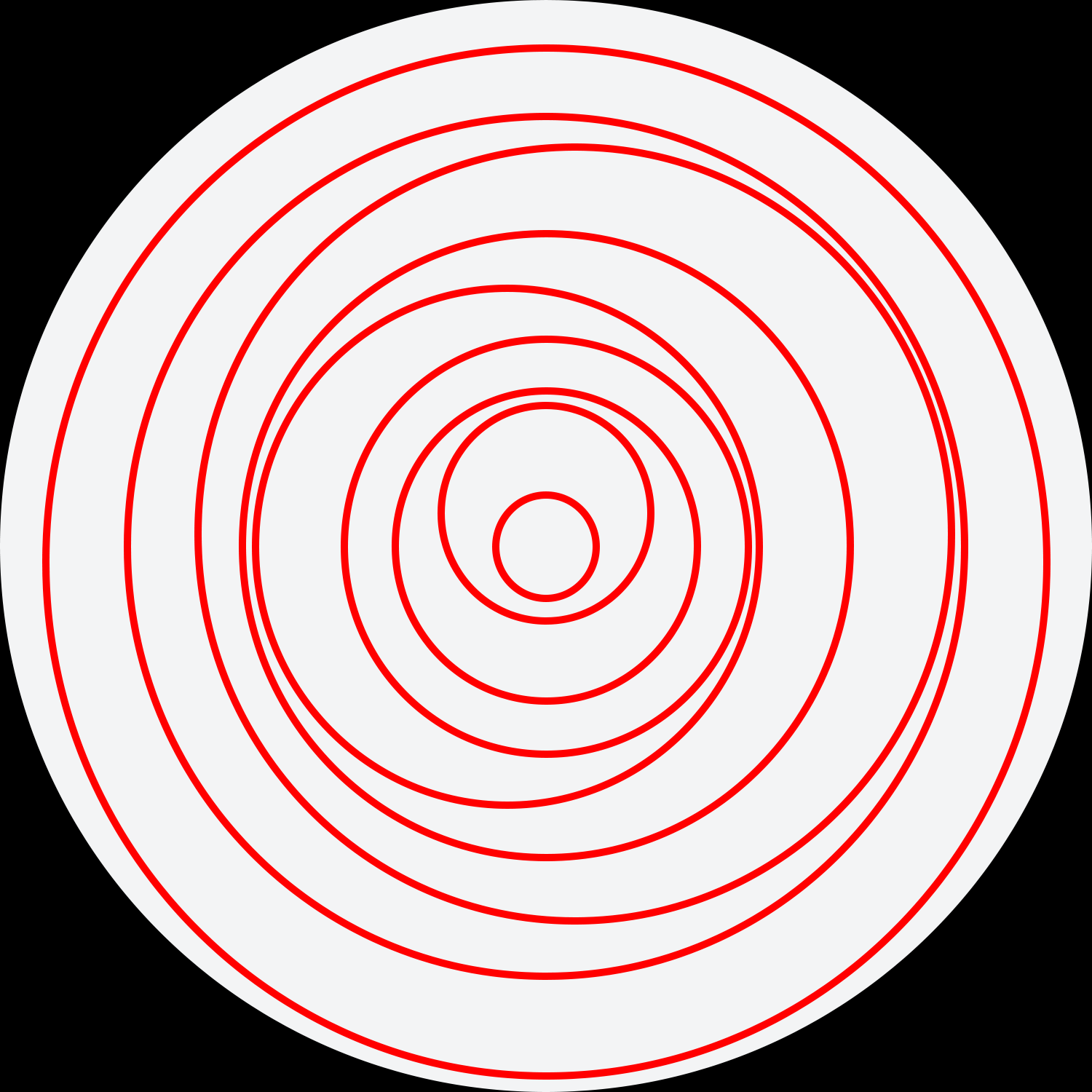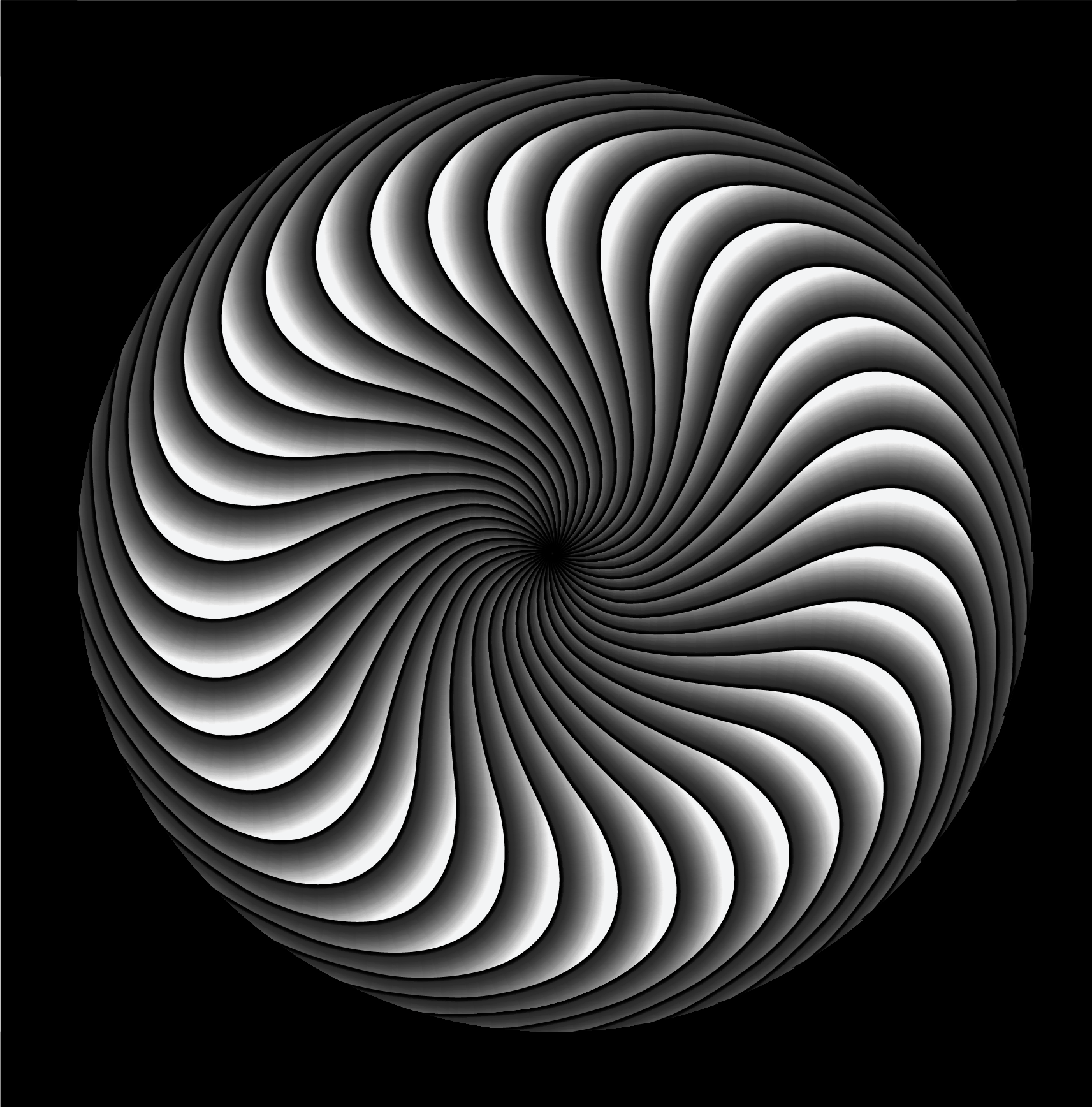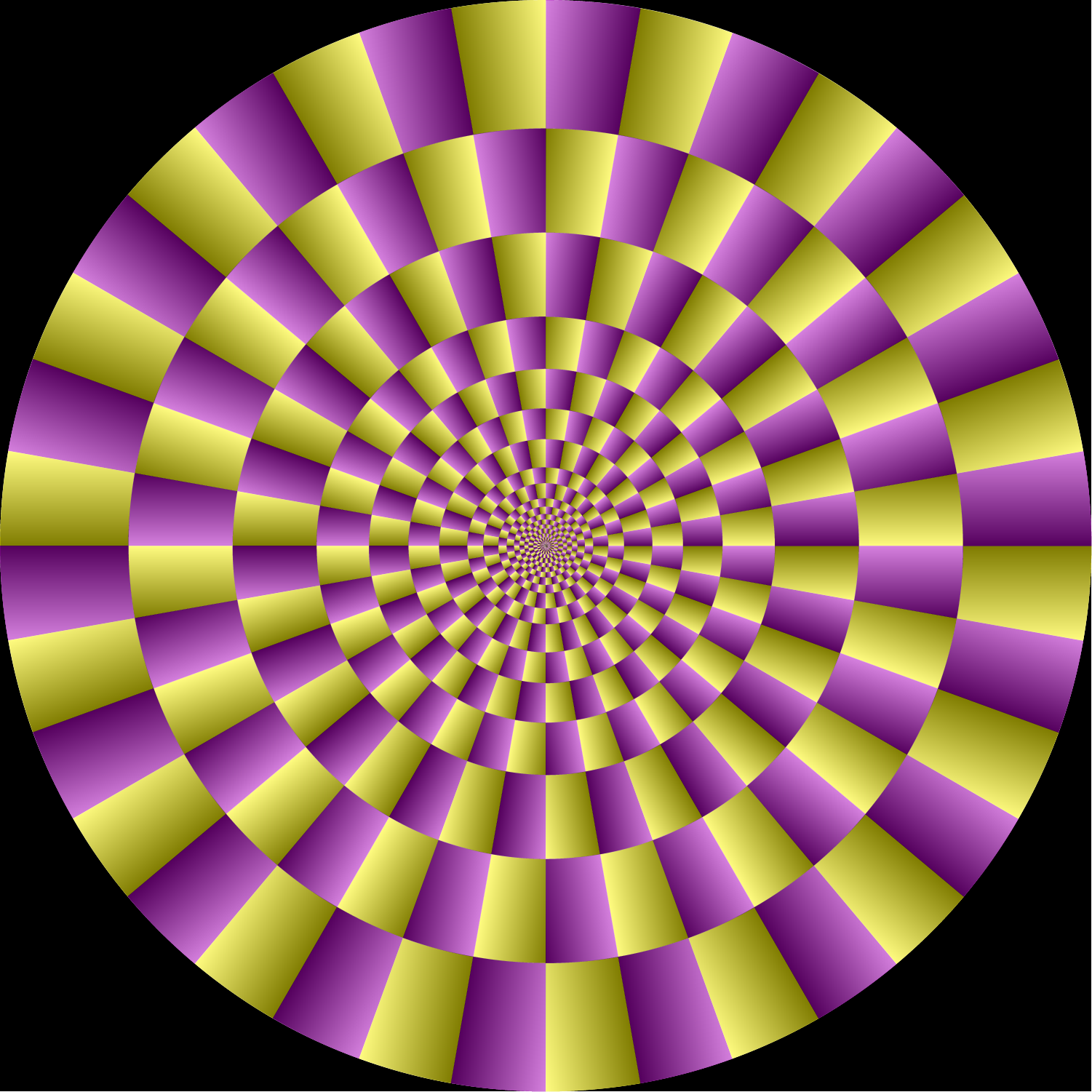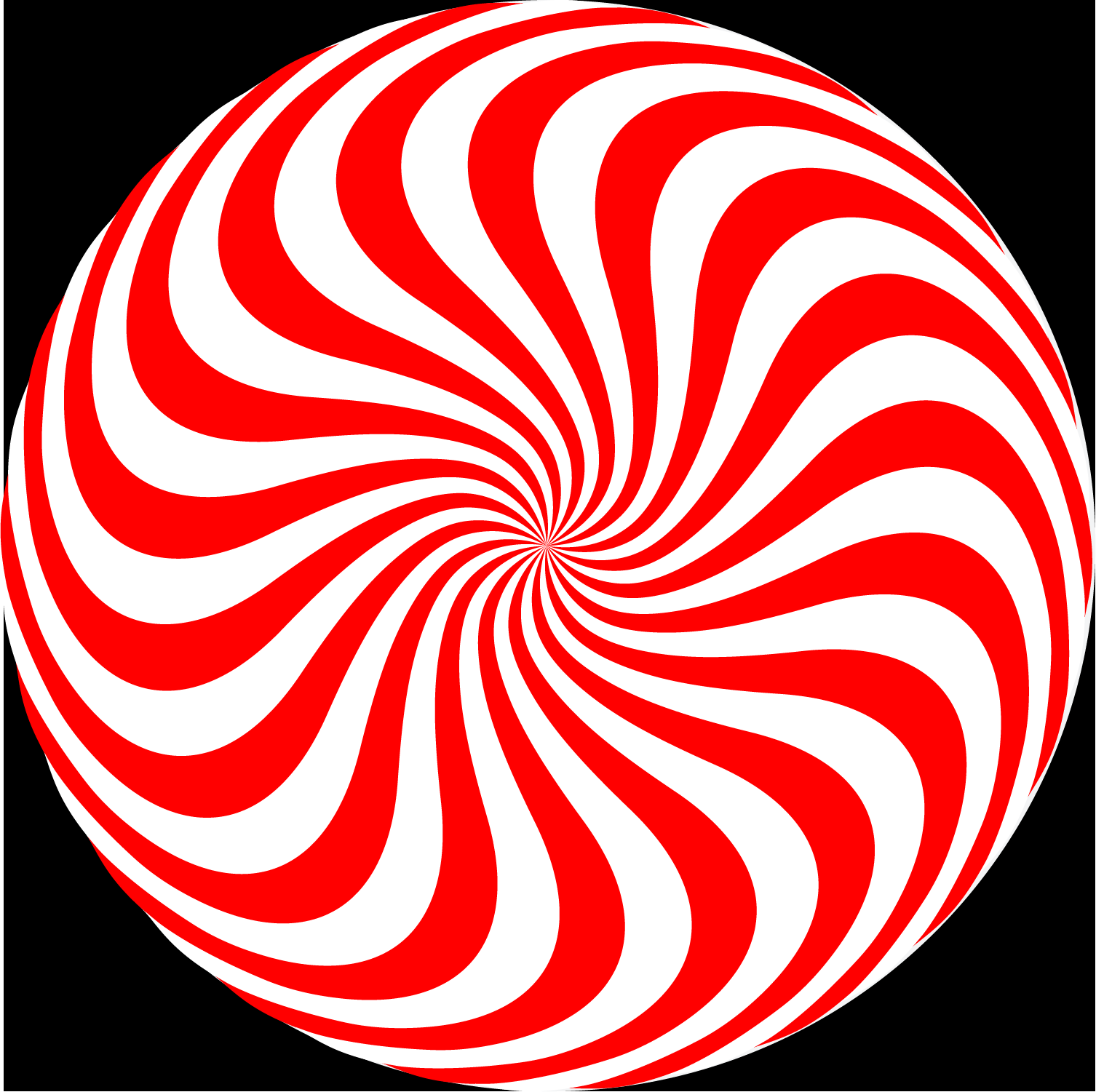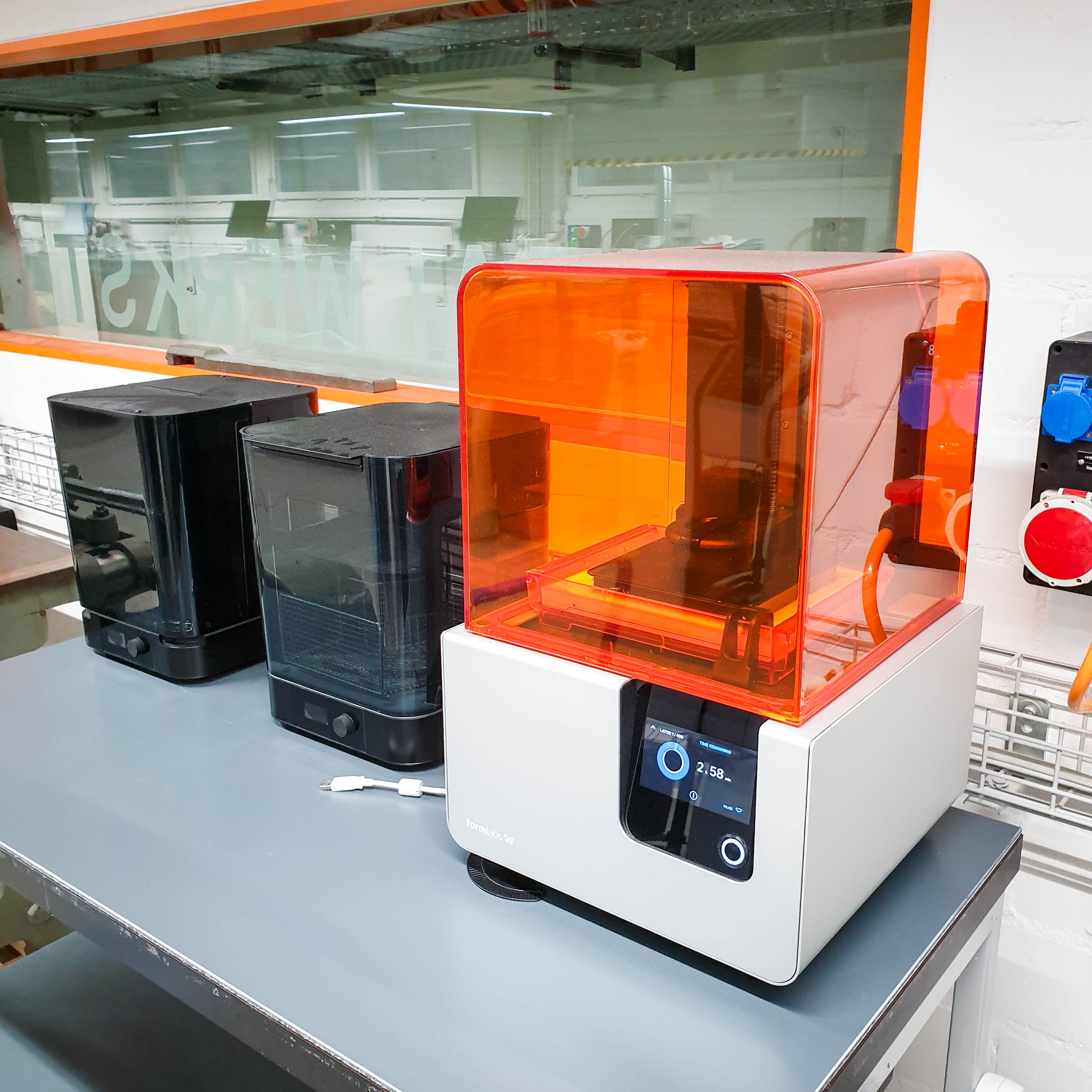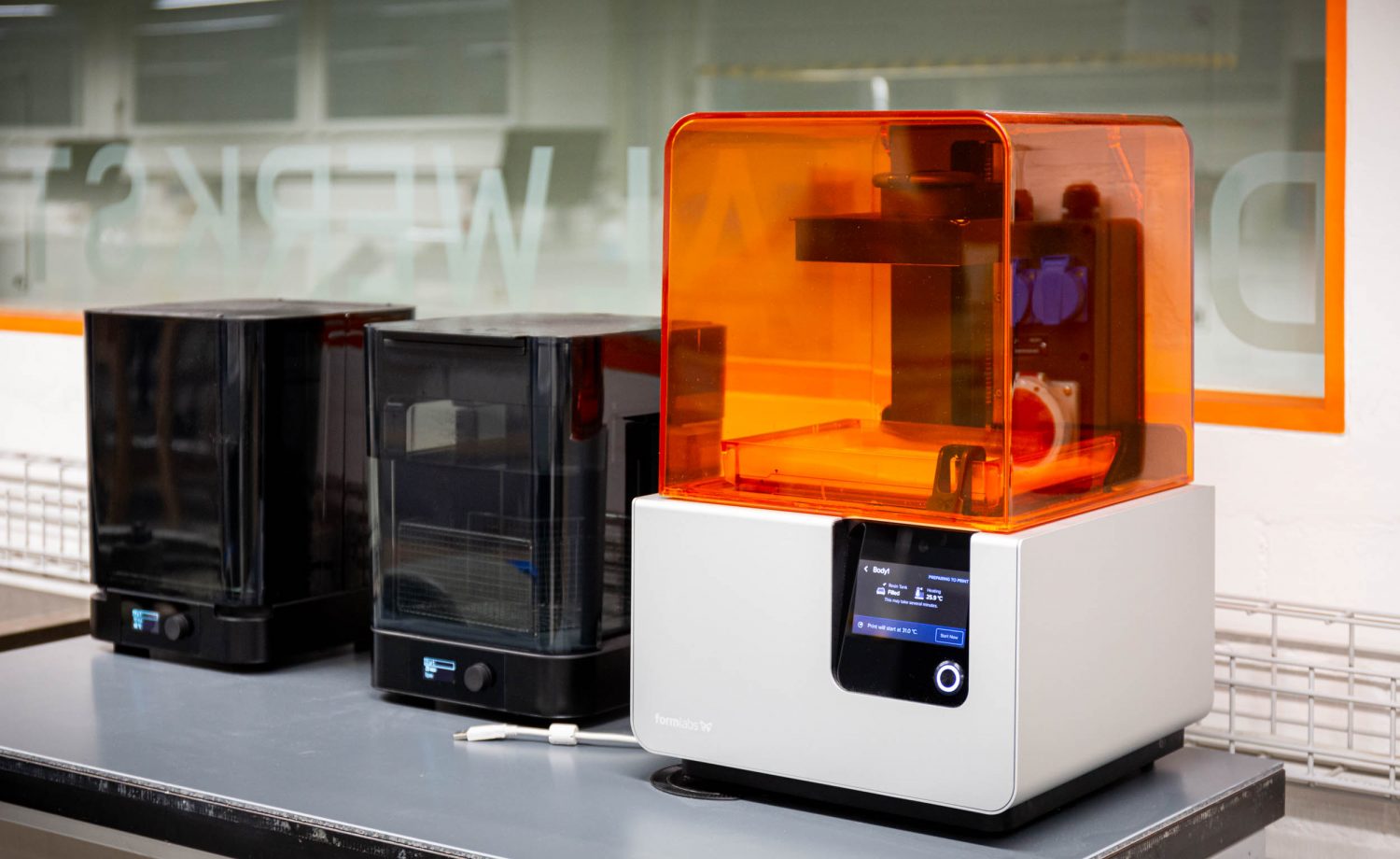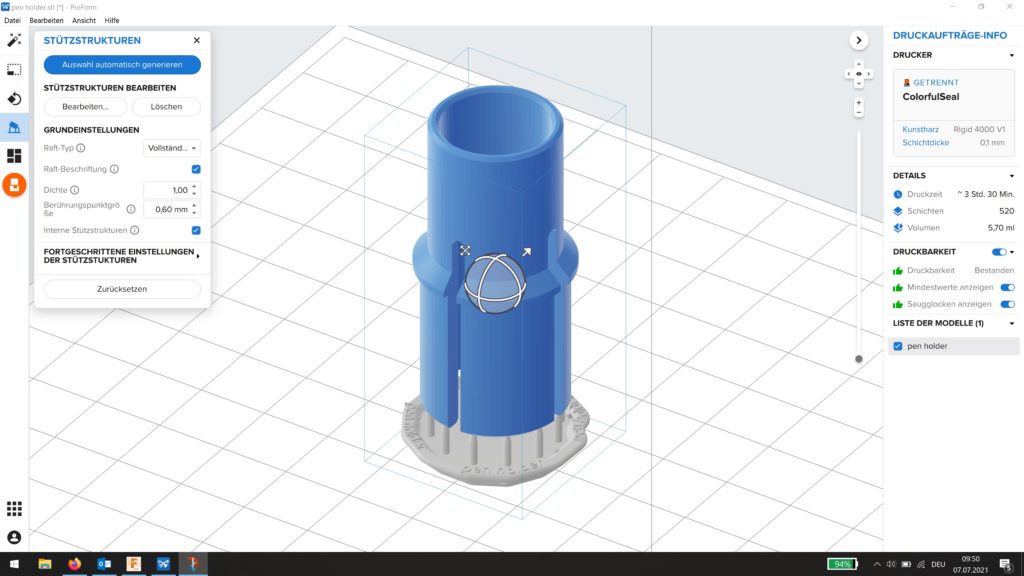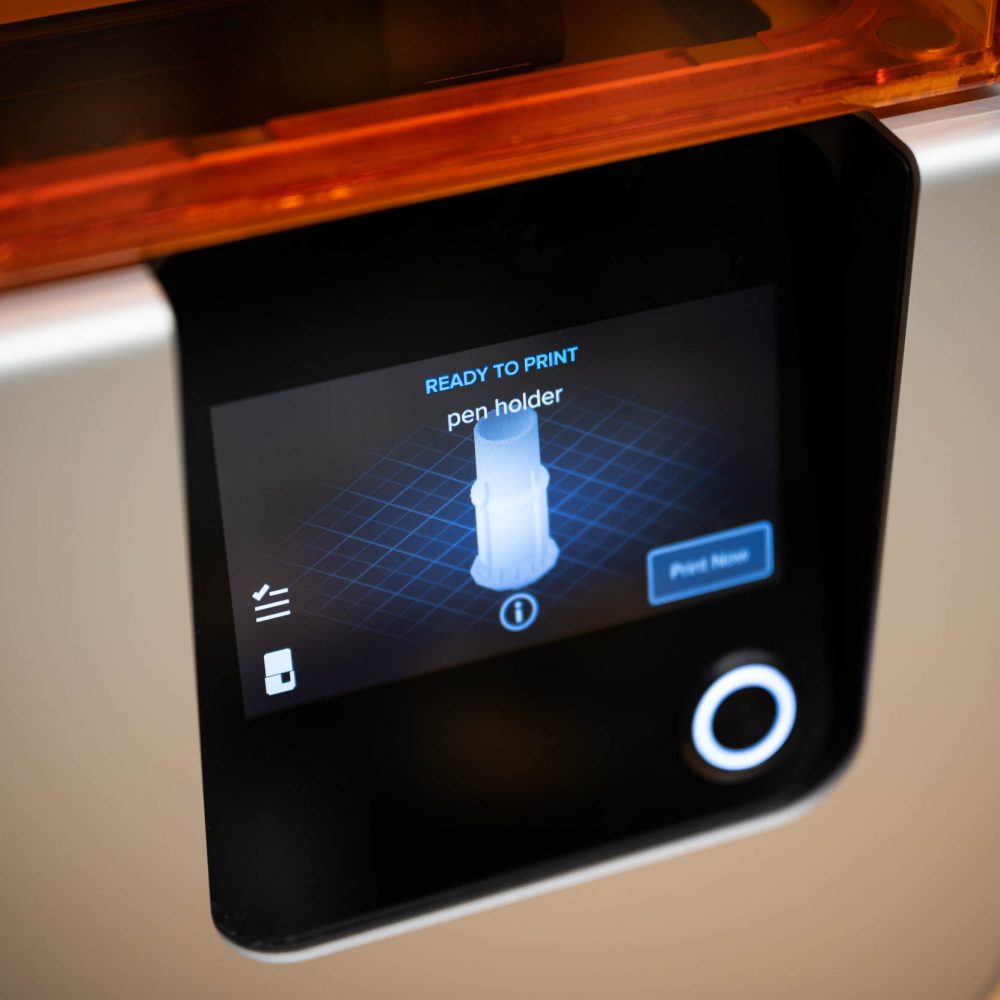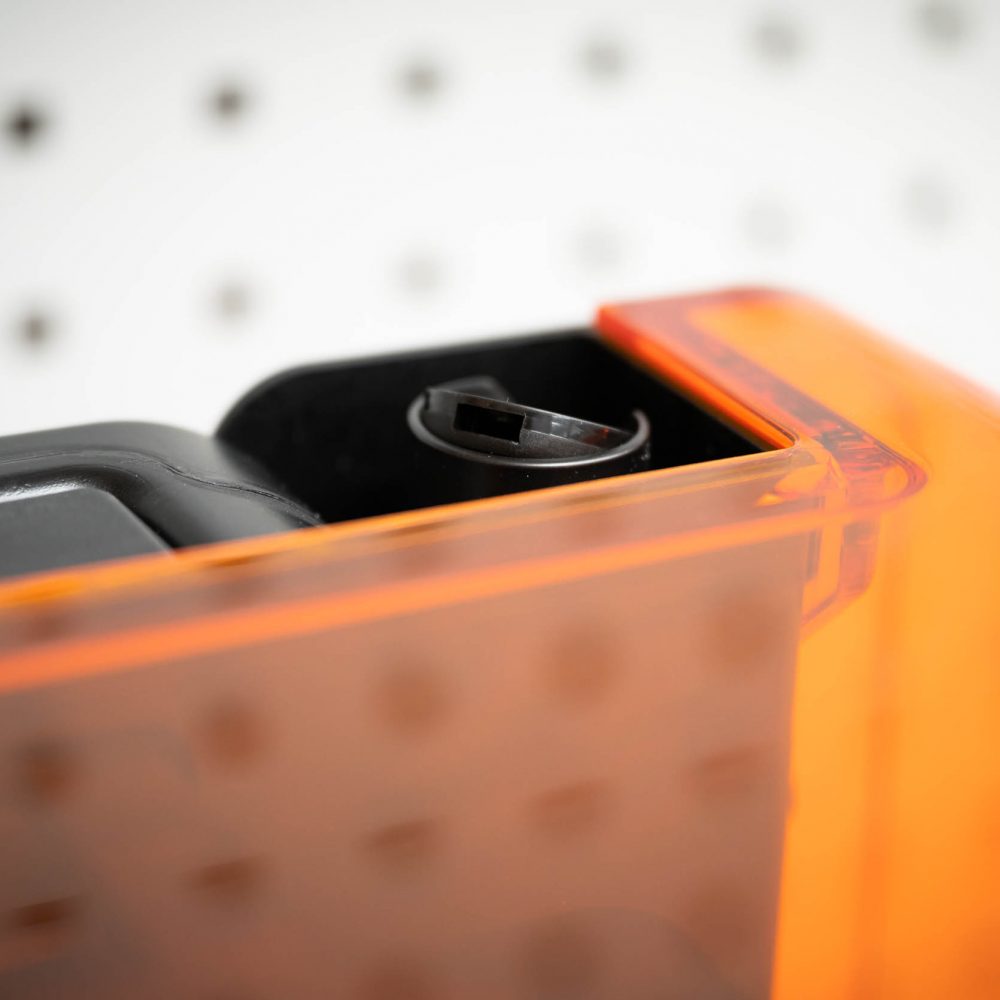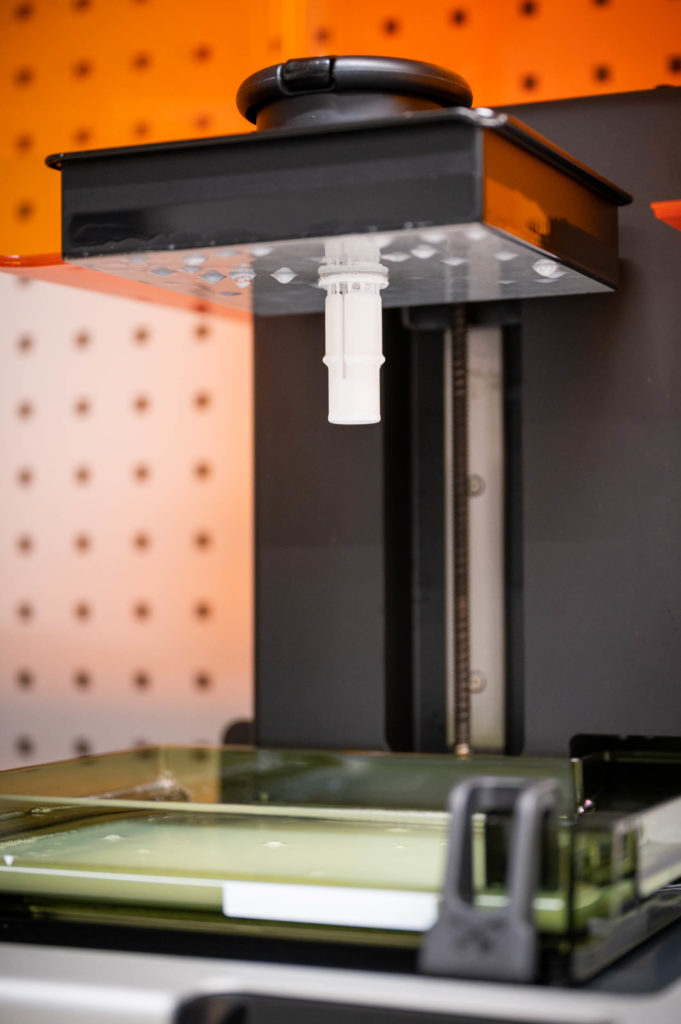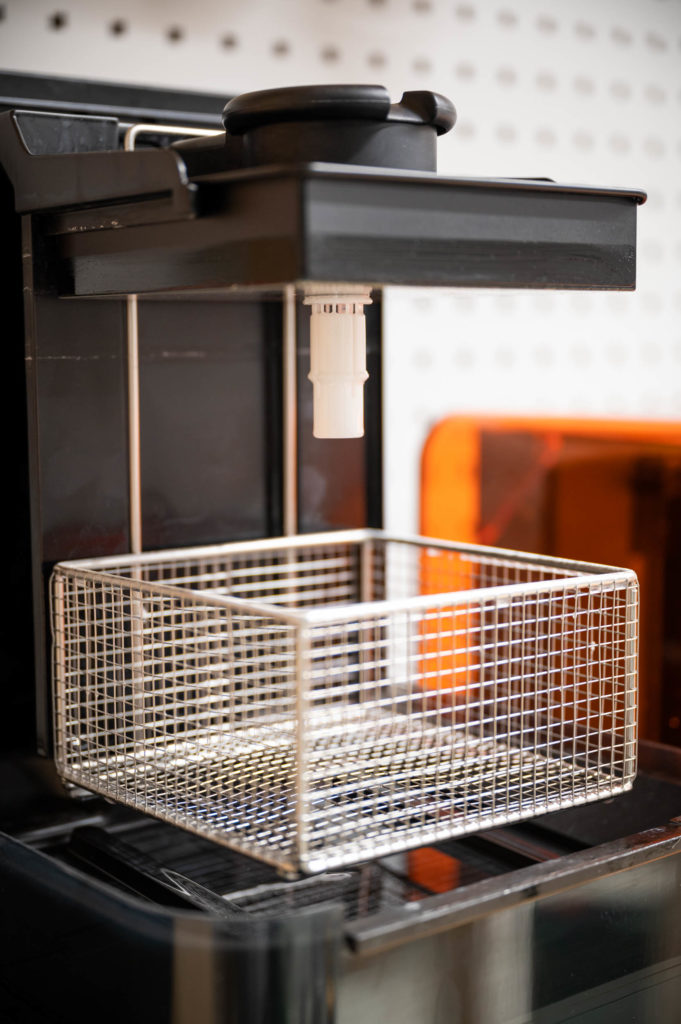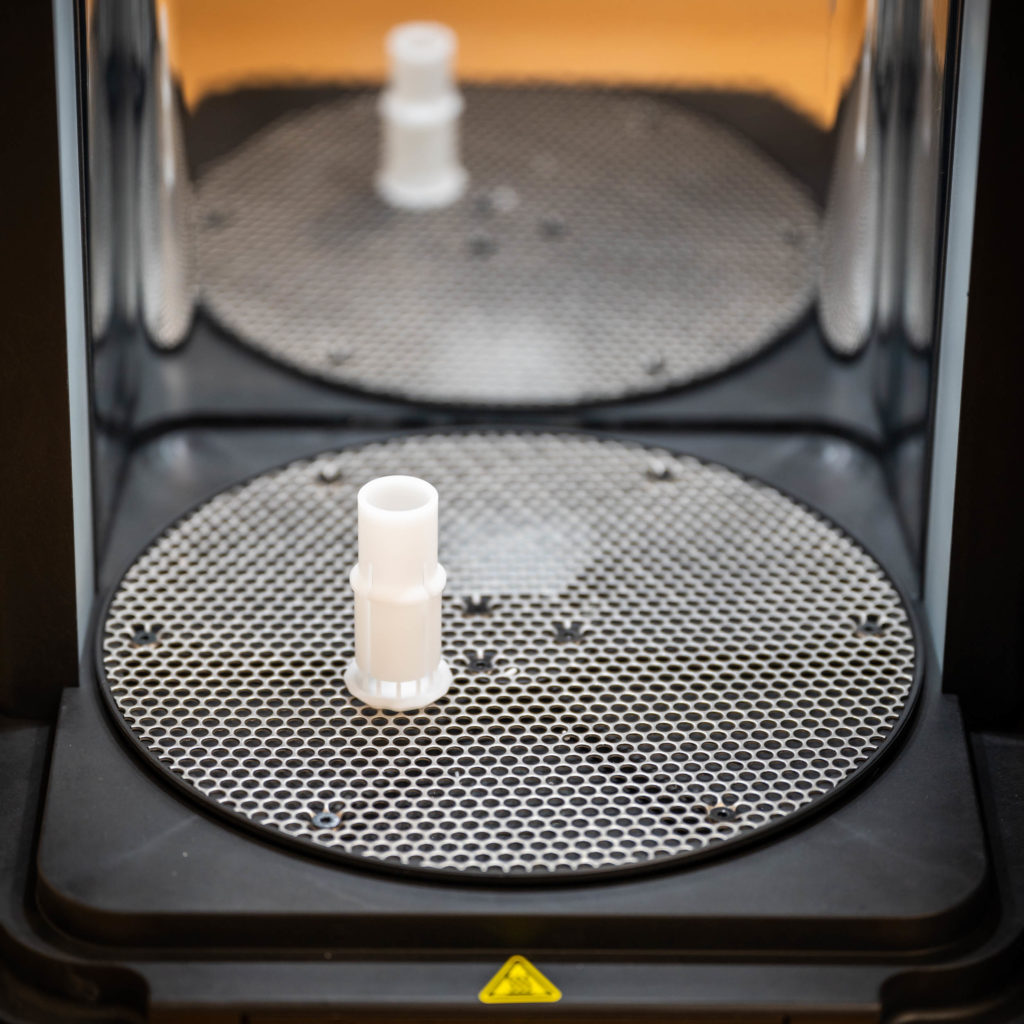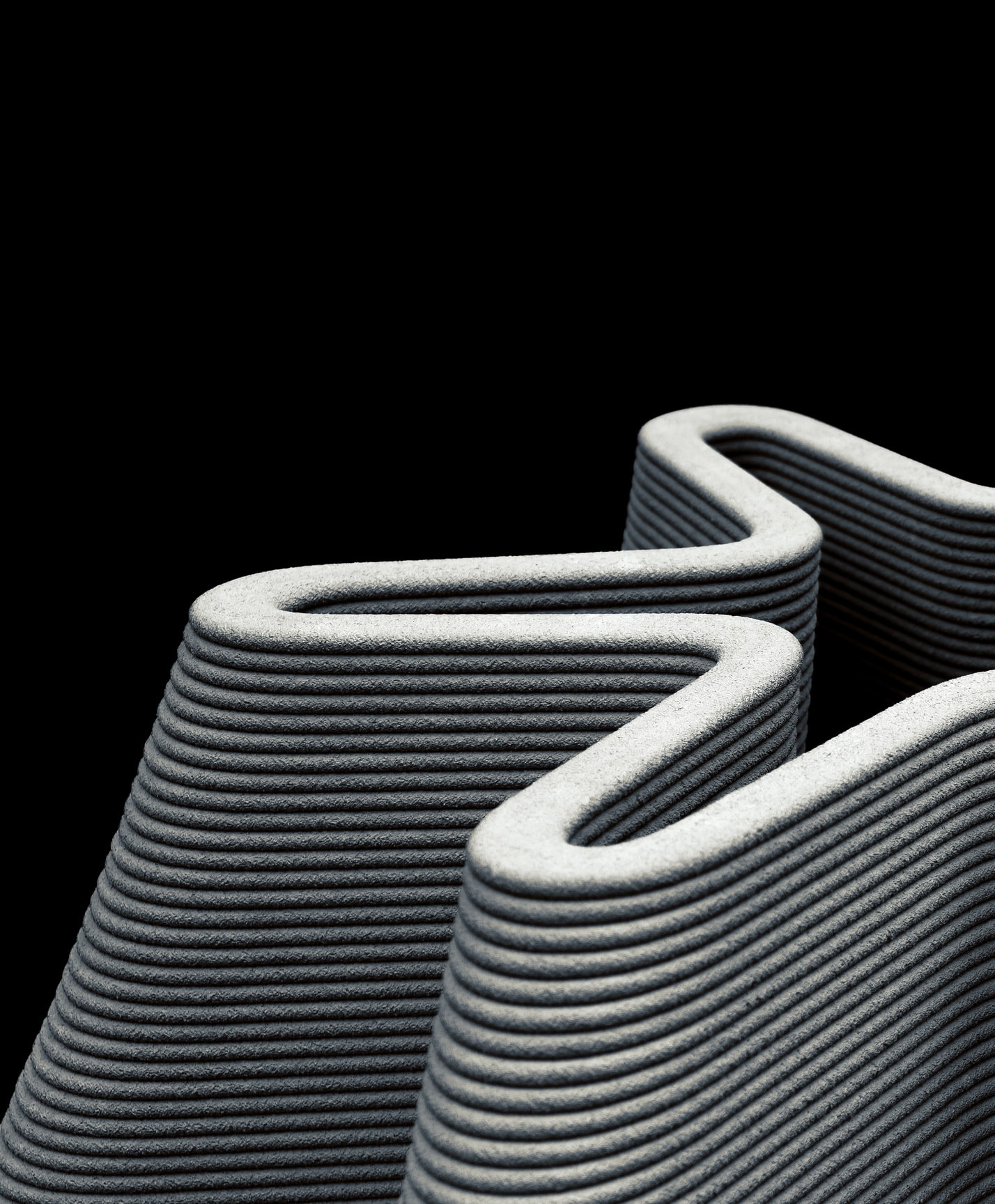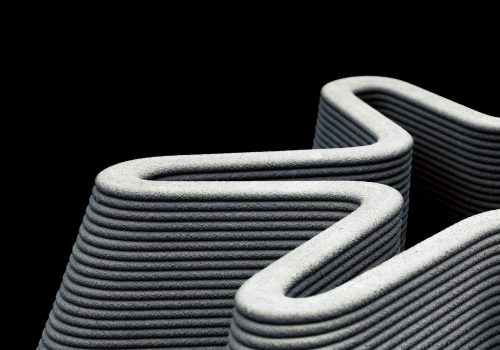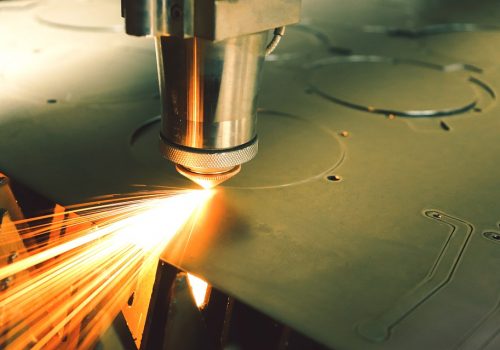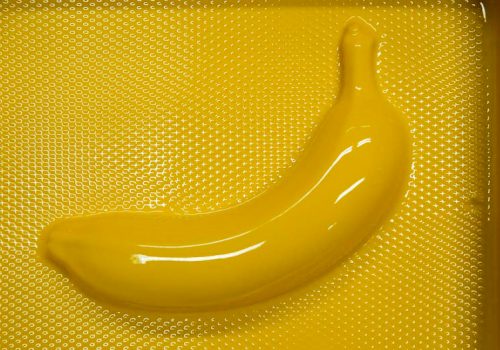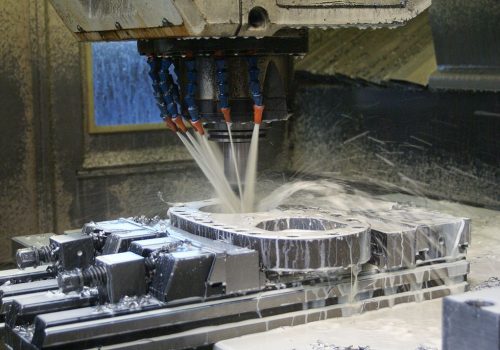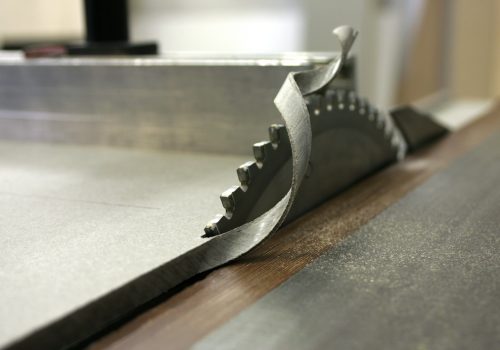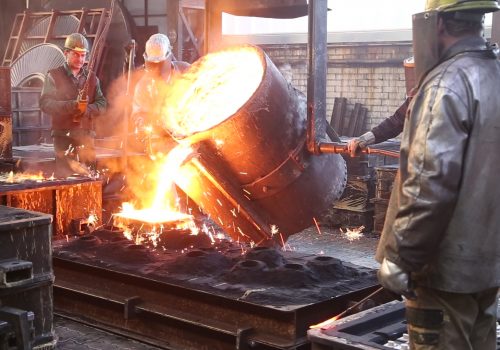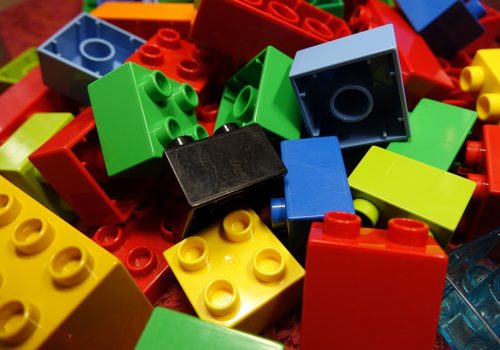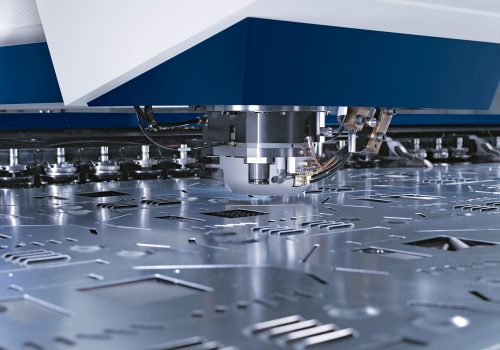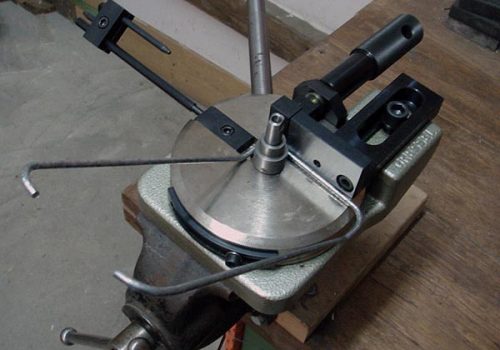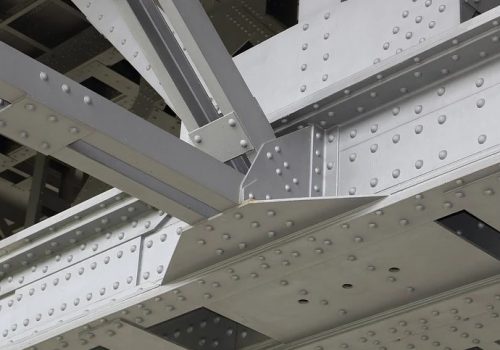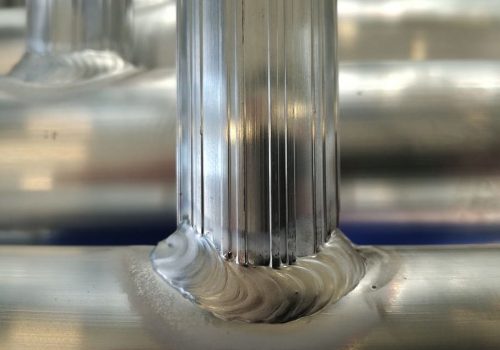Safety Factors
Risk Awareness
In this post, we’re going to explore some of the factors that dramatically affect our judgment and mental capabilities. We will show that assessing complex situations can easily be impaired by overconfidence, sleep deprivation, stress, or substance abuse.
No safety mechanism can prevent human error or just plain wrong judgment. Showing signs of one or more of the following points should raise a flag and lead to reconsidering the task at hand – be it live-changing decisions or picking up a power tool!
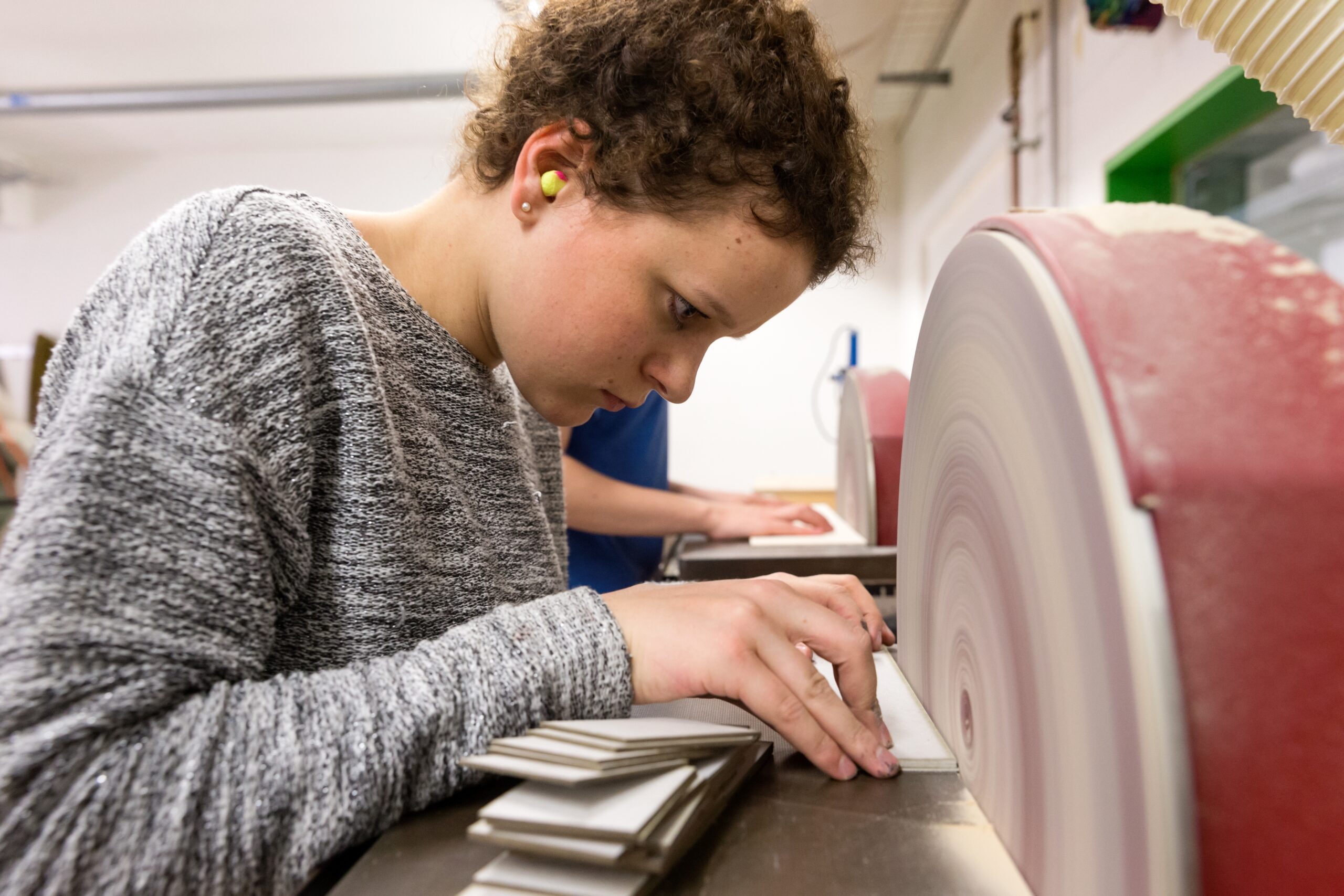
Overconfidence
Overconfidence is a sneaky thing that enters our minds often in unexpected ways. An obvious way would be someone who believes in their abilities to the extent that they feel that advice from others is unnecessary. A less obvious form of overconfidence comes from the exact opposite – someone that is, for some reason, afraid of asking others for help. Both tendencies lead to a skewed self-assessment that potentially promotes harmful behavior.
We have to tell you upfront that there are no precautions against this issue other than growing awareness by talking and writing about it. That said, we want you to know that if you have even the slightest doubt about something you have to do in our workshops – always ask first!
Sleep Deprivation
Sleep deprivation and long working hours seem part of the cultural understanding of what a good architect must be like. Take a moment to think about this – you are part of this cultural environment, and you can transform it to make it more accessible and inclusive.
To the best of our knowledge, there is no scientific evidence (see further reading) that this behavior benefits your well-being. Your responsibility is to get enough sleep and be ready to work at peak academic performance!
Further reading:
Stress
Stress has similar effects on your mental health to sleep deprivation. We understand that avoiding stress is a big challenge for most of us. The importance lies in recognizing stress or, more generally, different mental states and being mindful. This will help you make the right decision despite being in a less-than-optimal state and find strategies to cope with the situation.
A quick walk outside can reduce stress levels. Finding some time during the week for sports can help with sleep. A 20-minute power nap helps with the late afternoon energy low, and talking to good friends or family resets potential feelings of grandeur.
Alcohol and Drugs
There is not much to say on this subject:
Alcohol and drugs are strictly forbidden inside or before using the workshops. Violation of this rule will result in permanent loss of access to all the Raplab workshops.
